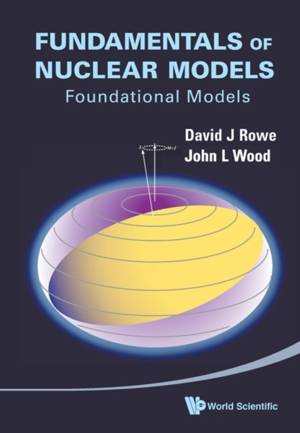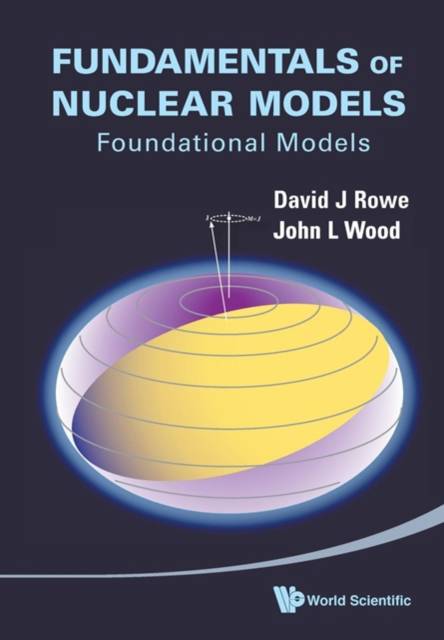
- Afhalen na 1 uur in een winkel met voorraad
- Gratis thuislevering in België vanaf € 30
- Ruim aanbod met 7 miljoen producten
- Afhalen na 1 uur in een winkel met voorraad
- Gratis thuislevering in België vanaf € 30
- Ruim aanbod met 7 miljoen producten
Zoeken
€ 116,45
+ 232 punten
Uitvoering
Omschrijving
This book reviews the basic models and theories of nuclear structure and gives an in-depth analysis of their experimental and mathematical foundations. It shows the relationships between the models and exhibits the value of following the strategy of: looking for patterns in all the data available, developing phenomenological models to explain them, and finally giving the models a foundation in a fundamental microscopic theory of interacting neutrons and protons.This unique book takes a newcomer from an introduction to nuclear structure physics to the frontiers of the subject along a painless path. It provides both the experimental and mathematical foundations of the essential models in a way that is accessible to a broad range of experimental and theoretical physicists. Thus, the book provides a unique resource and an exposition of the essential principles, mathematical structures, assumptions, and observational data on which the models and theories are based. It avoids discussion of many non-essential variations and technical details of the models.
Specificaties
Betrokkenen
- Auteur(s):
- Uitgeverij:
Inhoud
- Aantal bladzijden:
- 676
- Taal:
- Engels
Eigenschappen
- Productcode (EAN):
- 9789812569561
- Verschijningsdatum:
- 1/04/2009
- Uitvoering:
- Paperback
- Formaat:
- Trade paperback (VS)
- Afmetingen:
- 165 mm x 249 mm
- Gewicht:
- 1138 g

Alleen bij Standaard Boekhandel
+ 232 punten op je klantenkaart van Standaard Boekhandel
Beoordelingen
We publiceren alleen reviews die voldoen aan de voorwaarden voor reviews. Bekijk onze voorwaarden voor reviews.








